#stamets
Explore tagged Tumblr posts
Text
Round Three


#best disc character competition#Hugh Culber#dr hugh culber#dr Culber#Culber#commander paul stamets#paul stamets#commander stamets#stamets#st#disc#disco#best star trek character competition
150 notes
·
View notes
Text

#NationalComingOutDay #startrek #sulu #startrekbeyond #thenextgeneration #theoutcast #thehost #deepspacenine #lenarakan #dax #intendant #kiranerys #discovery #culber #stamets #enterprise #cogenitor #startrekpicard #7of9 #raffimusiker #lowerdecks #mariner #jennifer #startrek58
#national coming out day#startrek#sulu#star trek beyond#the next generation#theoutcast#thehost#deep space nine#lenara kahn#dax#intendant#kira nerys#discovery#culber#stamets#enterprise#cogenitor#star trek picard#7 of 9#raffi musiker#lower decks#mariner#jennifer
9 notes
·
View notes
Text
Star Trek Parents Just Don’t Understand (Part 2)
By Ames

Last week, you’ll remember we covered a whole lot of parents from the classic Star Trek series and just how much they tended to ruin their kids’ lives. Well, this week A Star to Steer Her By is finishing out the topic with parental units from currently running Trek series and the Kelvin movies. Expect this one to not be nearly as far reaching, partly because SPOILERS WILL ABOUND below the cut and partly because we’ve not covered much of this on the podcast yet, so frankly I don’t remember a good deal of it.
But some of our major players have or are noteworthy parents to talk about in this period of wide-screen Trek (seriously, everything looks like a movie now and it’s impacting my screengrab game). Give your parents a hug for us as you see them listed below and also in probably the most spoilery episode of the podcast we’ve ever recorded (discussion starts at 59:37). They only raised you from tadpoles.
(Again, some mega spoilers for Star Trek 2009, Discovery, Lower Decks, Prodigy, Strange New Worlds, and especially [seriously!] Picard are below.)
[Images © CBS/Paramount]

Kelvin George Kirk
George Kirk was a parent to literally newborn James for all of thirty seconds before saving his life, Winona’s life, and the lives of the crewmembers of the USS Kelvin. While we have no idea if he’d have been any good at raising the youngster had he lived (apparently so since this alternate Kirk ended up being quite the ruffian compared to that walking stack of books from The Original Series), we know what he valued by his actions, his sacrifice, and his refusal to name him Tiberius.

Kelvin Sarek
In pretty much all timelines, Sarek is a bit of a hypocrite when it comes to raising a half-Vulcan, half-human son like Spock. Why he can’t get it through that Vulcan bowlcut of his that having a child with a human will dilute that cherished green blood of theirs is absolutely beyond me. I thought you hobgoblins were supposed to be logical, after all. Maybe if Amanda hadn’t blown up, things would have gone better for Quinto-Spock.

Discovery Sarek
Speaking of Sarek, in Discovery we actually see that he very much seems to prefer raising his ward Michael Burnham to raising either of his natural sons. Go figure. Apparently all his progenies had to do was follow in his footsteps, join the Vulcan Academy, and literally have a chunk of his katra from a past mindmerge-thing for daddy to love them.

Gabrielle Burnham
Michael’s relationship with her birth parents is something much more complicated. This is Discovery, after all; “It’s complicated” is the subtitle of the series! When we learn that Gabrielle is still alive, having saved Michael by becoming the Red Angel, it’s a bittersweet reunion that can only be made stranger by their second reunion in the 32nd century when momma has become a space nun of some kind. As if Michael didn’t have enough of this Vulcan stuff growing up!
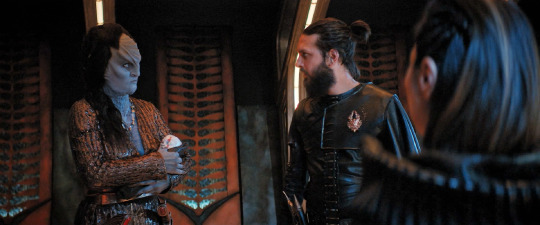
Voq and L’Rell
On the subject of space nuns, we learn that Voq and L’Rell’s child Tenavik got to be raised by some time monks in the Boreth Monastery. Which, frankly, is probably the best that kid could ask for! The combative Klingon Empire was no place to raise a baby, and good on his parents for finding a child-rearing solution that, at the very least, kept him alive. Ya know, after just a little bit of faking his death. Q'apla, I guess!

Stamets and Culber
What is sweeter and purer than two gay space dads mentoring a nonbinary sorta-Trill sorta-not adolescent? I didn’t realize that Adira is supposed to be 16 when we meet them (probably because the actor was like 23), but regardless of age, they are struggling with their identity in enough ways to make a Vulcan weep, and having the support of a nurturing queer family is just what they need.
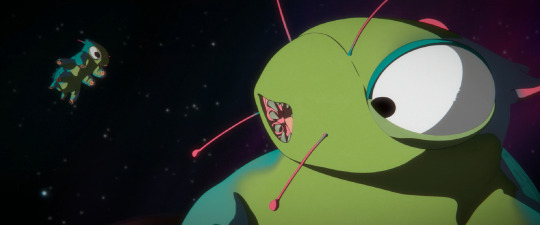
Ephaim
An easy example of a good parent from the Discovery era comes in one of the Short Treks, “Ephaim and DOT.” Sure, she’s a tardigrade and mostly just following that biological impulse to keep one’s seed alive, but she does better than a lot of other Trek parents. Go, tardigrades, go!

Raffi Musiker
Moving on to Star Trek: Picard, we see another negligent parent in the conspiracy theory–obsessed Raffi Musiker. She might rival Worf as a parent whose absence has screwed up their kid the most, as we see that Gabriel is downright hostile to her when she tries to reconnect. And then in season 3, she yet again chooses Starfleet over her family. Perhaps we’re lucky we haven’t seen Alexander in Picard, since he and Gabriel could have some stories to tell.
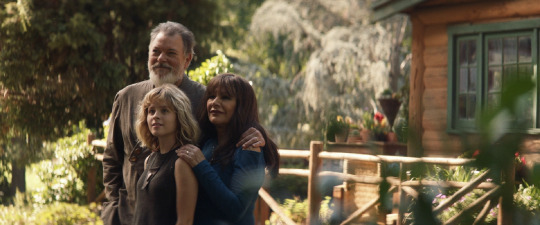
Troi and Riker
Say what you will about the Troi-Riker relationship, but they seem to be doing pretty okay raising their daughter Kestra. She’s a nifty kid with her head on straight, so they must be doing something right. Also, it’s very clear throughout their appearances in Picard that these parents did everything they could to save their son Thaddeus from his mendaxic neurosclerosis, and his loss affected them in the way only losing a beloved child could.

Maurice and Yvette Picard
We were teased a bit in TNG with just enough information about Jean-Luc’s upbringing to let us know his relationship with his father was strained and that with his mother was loving, but then the second season of Picard had to go spelling things out for us in ways we didn’t really need. Maurice becomes that much more terrible because he evidently did nothing when Yvette was going down a dark path. And Yvette… what the hell were the writers trying to say about Yvette? Freakin’ yikes.
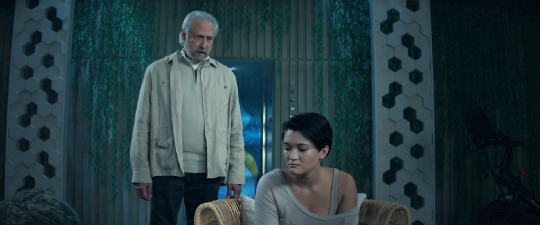
Adam Soong
Also in season two of Picard, we get YET ANOTHER Soong ancestor for Brent Spiner to play, ya know, for reasons. Evidently all the Soongs except Data (see last week’s inclusion!) are just terrible parents because they’re effectively just trying to prolong their own legacy instead of actually caring for the needs and wants of the child. Kore, in this case, lives a life so sheltered she can’t even go outside without bursting into flames. Much like that whole damn season…
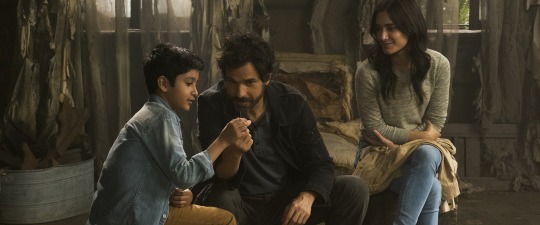
Teresa Ramirez
We do, however, get one solid parent in season two of Picard, and that’s Teresa Ramirez, the divorced mother who Rios is totally thirsty for. Actually, we don’t see a lot of children of divorce in Star Trek, do we? As we established last week, it’s far more likely to have one parent get killed off than it is to have people amicably separate because, of course, that makes for more drama. There’s Torres’s parents, and Rom and Prinadora but that’s just their Ferengi contract, and that might just be about it? Anyway, Teresa’s cool.

Jean-Luc Picard and Bev Crusher
Season three, however, is just a straight up family reunion show with lots more literal family members that get introduced to boot! Somewhere after Nemesis, evidently Bev and JL got down to clown and then Bev ran away and hid the pregnancy from him for however many years this boy is old. Sure, we all agree Picard would make a father that might rival Worf’s awkward sense of child neglect, but is Bev any better never telling him? Discuss amongst yourselves.

Geordi La Forge
Geordi’s been busy too, cranking out at least two daughters. Like Sarek’s relationship with his various kids, it seems much easier for Geordi to play favorites. Alandra is the favored daughter because she followed in his footsteps and seems like she was generally passive, while Sidney is the black sheep of the family and La Forge has trouble connecting with her because she can’t just be controlled like certain holoprograms I could name.
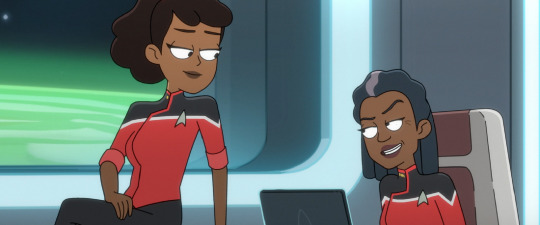
Carol Freeman
Let’s get out of Picard and into some animated stuff. The relationship between Captain Freeman and her daughter Beckett Mariner is at the core of Lower Decks, so much so that it’s kept secret from the rest of the crew for the drama of it all. Most of the show treats their relationship like ones we’ve seen before in which the child lashes out because they don’t want to follow in their parent’s footsteps. There is love there, but their failure to communicate does dominate.

The Diviner
In our other animated Trek, The Diviner definitely falls into that category of just the worst kind of parent because he will sacrifice Gwyn a hundred times over to get his way. He never listens to what she wants, chooses the Protostar over her, and leaves her to nearly get killed on vine planet. All this and the only reason he created her in the first place was to continue his work. Rude, bro.
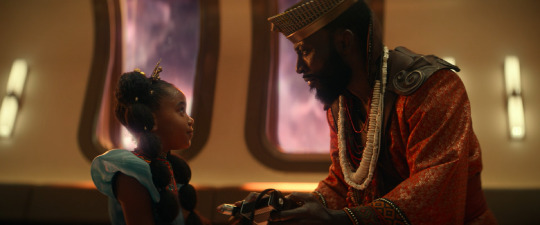
Joseph M’Benga
Finally, we have Dr. M’Benga in Strange New Worlds, whose dedication to caring for his sick daughter Rukiya is admirable and incredibly sweet. Every time he reads fairy tales to her in sickbay is a beautiful little scene, and the end of “The Elysian Kingdom” is a tear jerker that we were honestly surprised to get so early in the run of the show. I kinda hope we see more from Rukiya in future, but who knows what’s written in these fantastical pages?
— We’re ducking out from this family reunion before someone whips out the photo album. Catch us next time for more, and definitely keep listening to our watchthrough of Voyager over on SoundCloud or wherever you get podcasts. You can also post family in-jokes on our Facebook and Twitter, and would it hurt to call once in a while?
#star trek#star trek podcast#podcast#parents#star trek 2009#discovery#picard#lower decks#prodigy#strange new worlds#george kirk#sarek#gabrielle burnham#voq#l'rell#stamets#culber#ephaim#raffi#deanna troi#will riker#maurice picard#adam soong#teresa ramirez#jean-luc picard#beverly crusher#geordi la forge#carol freeman#the diviner#m'benga
18 notes
·
View notes
Text

“The best thing for autism representation is to have multiple autistic characters so there’s a display of autism as a spectrum affecting people differently” “we need better autism representation” “I wish there were more characters that are audhd” my brother in christ, the teenage mutant ninja turtles are RIGHT THERE
#star trek#star trek discovery#st disco#autism#neurodivergent#sylvia tilly#saru#michael burnham#stamets#paul stamets
6K notes
·
View notes
Text
I love Garak because science fiction needs more effeminate morally dubious fags. It needs more men who break gender roles for fun. It needs more representation of the absolute backbreaking trauma of growing up alone and unloved and trying desperately to fit yourself into a role that will never fit. It needs more repression mixed with love mixed pain.
Let there be sci fi gay men who are complicated and gender fucked and broken and angry and horny and lost and driven.
#star trek#ds9#elim garak#i love characters like stamets and culber but i cannot see myself in them#they are entirely too functional
1K notes
·
View notes
Text

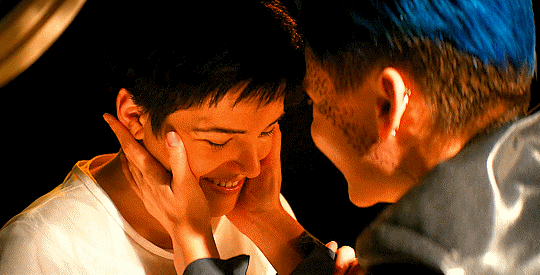
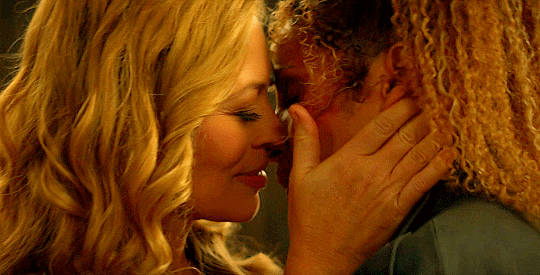



🏳️🌈🏳️🌈🏳️🌈 HAPPY PRIDE 🏳️🌈🏳️🌈🏳️🌈
#trekedit#star trek#star trek deep space nine#star trek discovery#star trek picard#star trek strange new worlds#jadzia dax#adira tal#gray tal#seven of nine#raffi musiker#jett reno#paul stamets#hugh culber#beckett mariner#star trek*#ds9*#disco*#pic*#snw*#my gifs
3K notes
·
View notes
Text
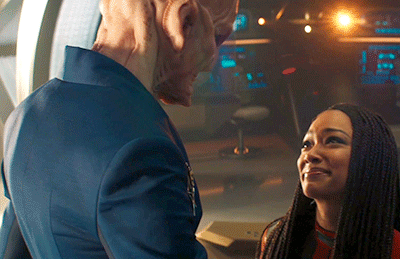
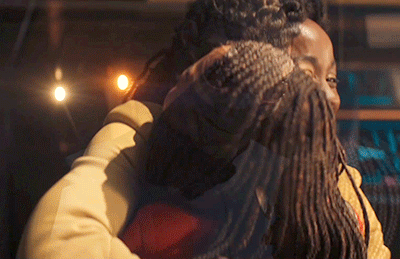
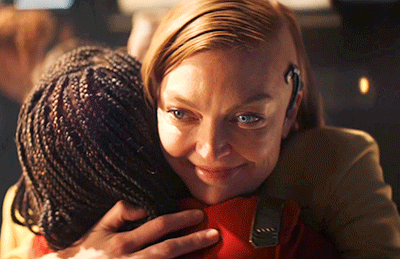
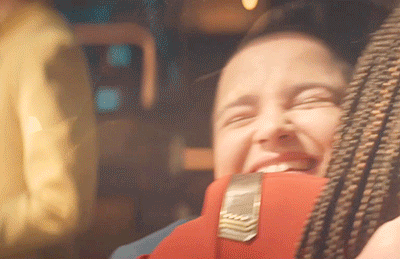
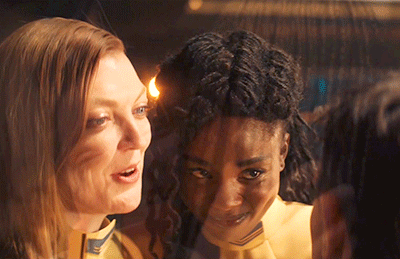


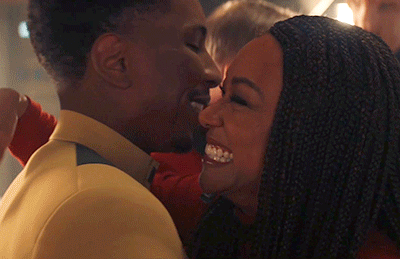

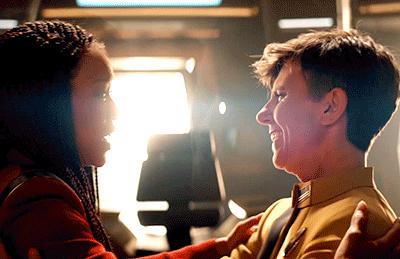
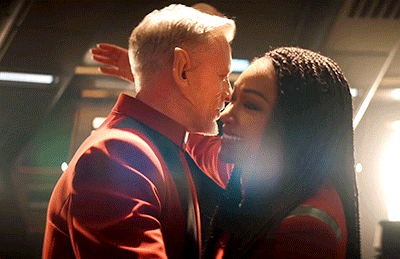

Star Trek Discovery
So many memories.
#star trek#star trek discovery#michael burnham#sylvia tilly#paul stamets#jett reno#linus#saru#hugh culber#adira#bryce#joane owosekun#keyla detmer#star trek disco spoilers#dsc 5x10#life itself#trekedit#*
871 notes
·
View notes
Text
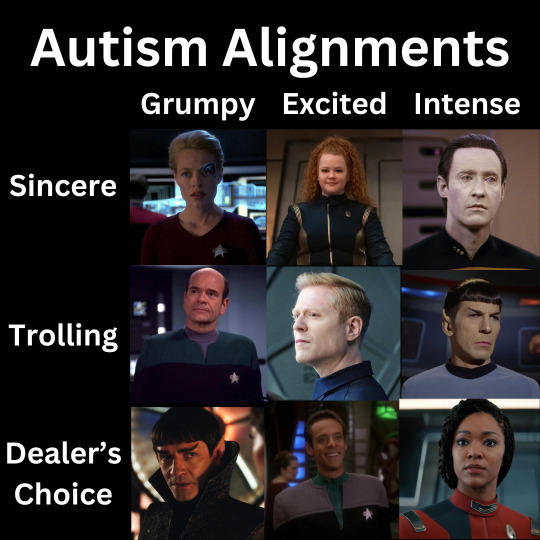
This is the kind of thing I do instead of sleeping.
Also tag yourself I'm Sarek I guess?
#star trek#star trek tos#star trek the next generation#star trek ds9#star trek discovery#star trek voyager#seven of nine#sylvia tilly#data#data soong#the emh#paul stamets#s'chn t'gai spock#s'chn t'gai sarek#julian bashir#michael burnham#autistic headcanon
923 notes
·
View notes
Text
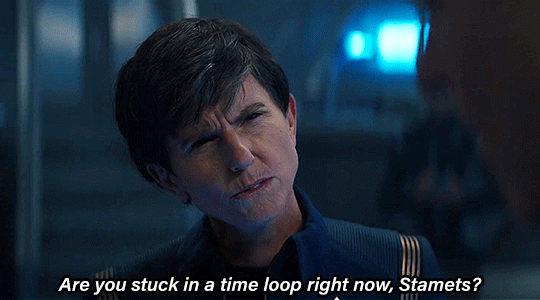




space aunt and space dad
5x4 Face the Strange
#jett reno#paul stamets#star trek discovery#dicovery spoilers#look at me giffing something else except plant couple#i just really love their dynamic <3<3<3<3#and paul was soo funny for his very very bad lying#asile gifs
805 notes
·
View notes
Text

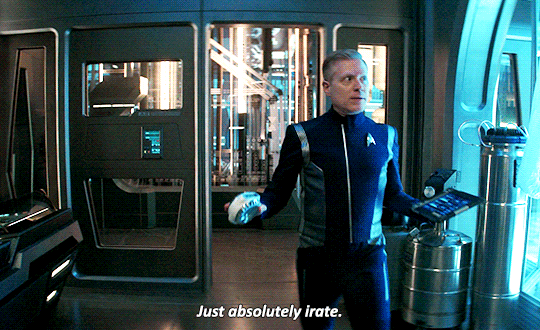

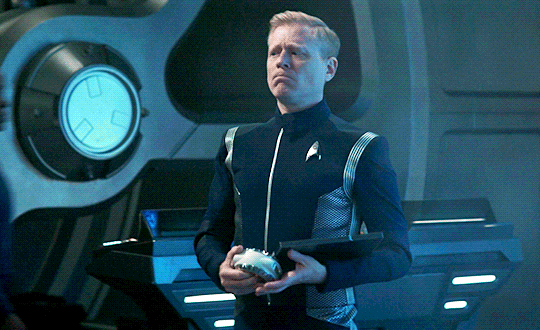
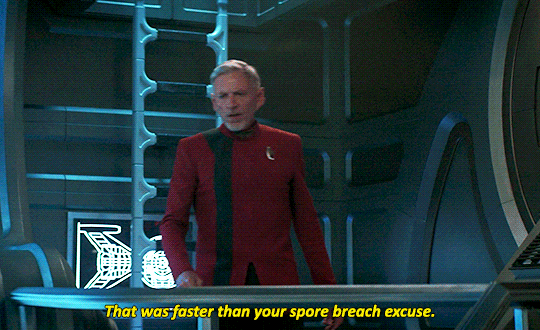

Star Trek: Discovery I "Face the Strange"
#Star Trek: Discovery#Discoveryedit#Discoedit#Star Trek#trekedit#startrekedit#Paul Stamets#Rayner#Anthony Rapp#Callum Keith Rennie#my edits
783 notes
·
View notes
Text

Reblog this to make a bigot uncomfortable
530 notes
·
View notes
Text
Round Two


#best disc character competition#l’rell#l’rell star trek#l’rell mother of klingons#paul stamets#commander paul Stamets#commander Stamets#stamets#st#disc#disco#best star trek character competition
22 notes
·
View notes
Text

#happypridemonth #pride #startrek #georgetakei #thenextgeneration #thehost #odan #theoutcast #soren #deepspacenine #dax #lenarakahn #intendantkira #garak #quark #pel #beyond #sulu #discovery #culber #statmets #adira #graytal #startrekpicard #7of9 #musiker #strangenewworlds #angel
#happypridemonth#pride#startrek#george takei#the next generation#the host#odan#the outcast#soren#deep space nine#dax#lenara kahn#intendant kira#garak#quark#pel#beyond#sulu#discovery#culber#stamets#adira#gray tal#star trek picard#7 of 9#musiker#strange new worlds#angel
15 notes
·
View notes
Text

finished!
well i need to post it or i could keep making tiny adjustments for ever 😅
not sure which will be next, but it'll be a while away when i do
still have voyager, enterprise, and lower decks to do, and i'd also like to do a smaller the cage pilot version. there's also potential in a picard one, and i have been asked about prodigy, but we'll see, i've only watched half of lower decks and picard of the ones remaining aha
#my art#star trek#star trek discovery#michael burnham#saru#cleveland booker#sylvia tilly#paul stamets#hugh culber#adira tal#there's always one or 2 characters that don't come out quite right to me#and that's usually cos i've had to change the lighting to fit with the others#oh well it's good enough
96 notes
·
View notes
Photo

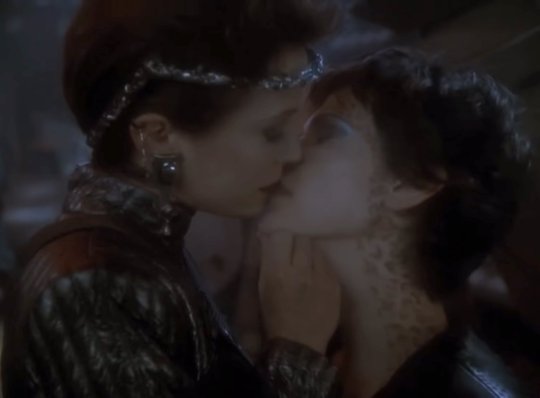



Star Trek a.k.a. GAAAAAAYYYS IN SPAAAAAAAACE.
#Star Trek#star trek: deep space nine#star trek: discovery#star trek: picard#star trek: lower decks#jadzia dax#beckett mariner#seven of nine#paul stamets#hugh culber#lenara kahn#ezri tigan#intendant kira#terry farrell#nicole de boer#nana visitor#tawny newsome#raffi musiker#Jeri Ryan#anthony rapp#wilson cruz#michelle hurd#lgbt#lgbtq
2K notes
·
View notes
Text


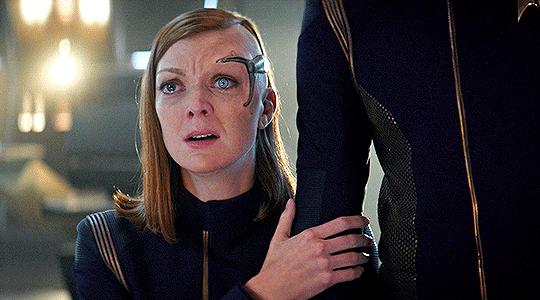


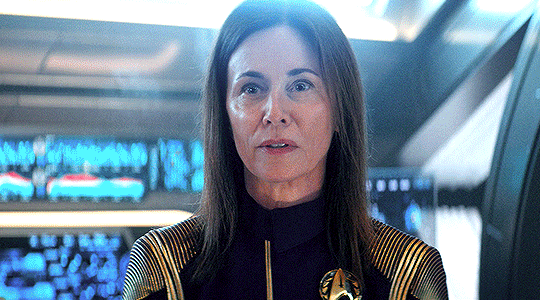

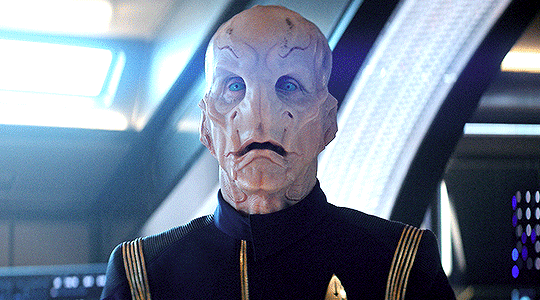
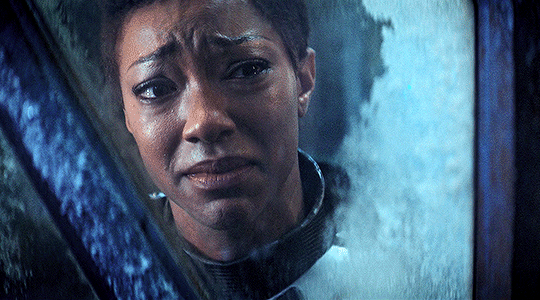
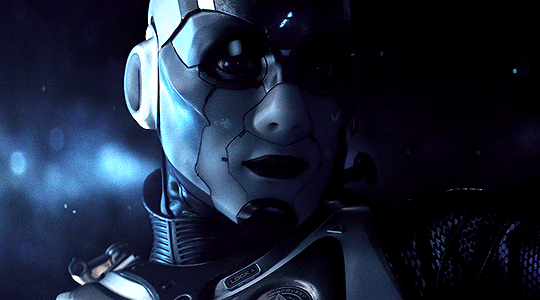

Please tell everyone I love them.
#dsc#star trek#trekedit#startrekedit#treksource#startrekgifs#discoveryedit#airiam#michael burnham#by soph#sylvia tilly#christopher pike#paul stamets#keyla detmer#ronald a. bryce#saru#spock#katrina cornwell#tvedit#chewieblog#userbbelcher#useroptional#cinemapix
586 notes
·
View notes